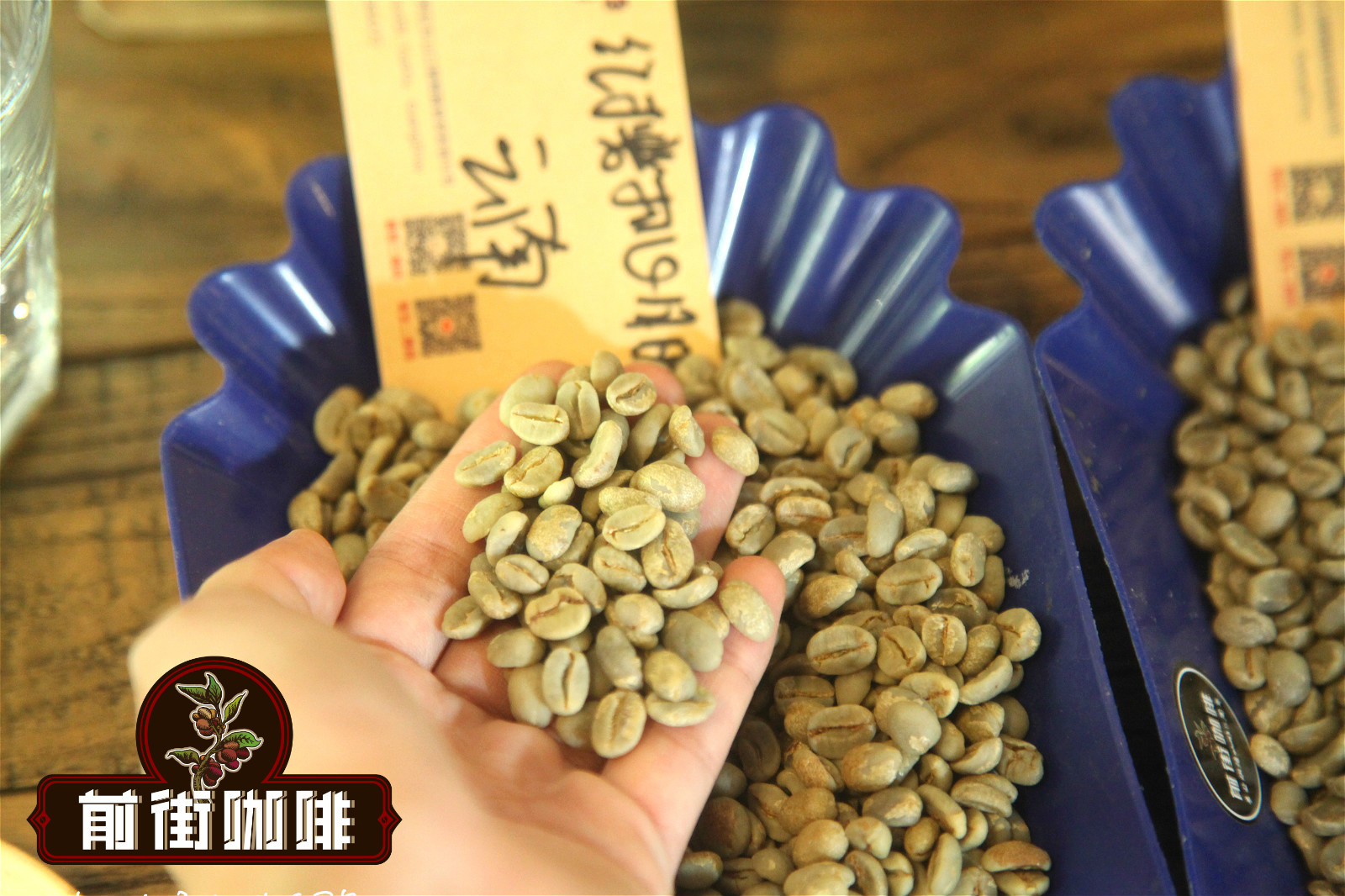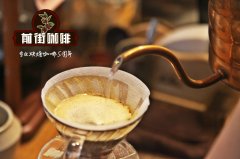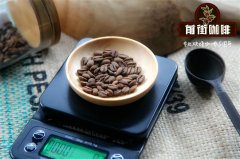Is Sakui coffee from Sidamo? what are the characteristics of Sidamo coffee?

Professional coffee knowledge exchange more coffee bean information please follow the coffee workshop (Wechat official account cafe_style)
GUJI is the largest coffee producing area in Ethiopia. Sakui comes from Hambella, one of the sub-regions of Guji.
At present, there are about 20 processing plants of various sizes in Hambella producing areas. Hongshun, as a coffee raw bean company in Ethiopia's "rooted" Ethiopian coffee producing region, has set up four sun treatment plants in Ethiopia in a cooperative manner in GUJI Hambella since 2016, and conducted a series of studies on sun treatment methods using high-quality coffee varieties in the region during the 17max 18 production season.
There are four manor processing plants in the core production area of Hambella, namely, "Dire" church treatment plant, "mansa" mountain pond treatment plant, "Bobea" red flag treatment plant and "Goro baessa" mountain spring treatment plant. Goro baessa is a small village surrounded by mountains at an altitude of 2280 meters. December is its coffee harvest season. Whenever the mountains are covered with red and mature coffee cherry, the village is neatly arranged on African tanning beds. This is where Sakuran deals with it.
Humbera is under the jurisdiction of Oromiyaa, the southernmost administrative state of Ethiopia, facing Kochore, a sub-region of the Yegashefi region in the west, Shakiso to the east, Uraga to the south and Kercha to the north. Shakiso, Uraga and Kercha are all sub-producing areas of Guji producing area. According to statistics, there are about 20 processing plants in Hambelane, which are distributed in different villages and manors in sub-producing areas of different sizes. DW Coffee Export, to which Sakuran belongs (see below), has a core production area in Humbera, Dimtu, and Dimtu produces about 1100 tons of coffee a year. There are four manor processing plants in Dimtu area, namely Buku Abel, Buku Saysay, Haro Soresa and Tirtiro Goye. Among them, only the sun coffee produced and processed by Buku Abel Manor is "Sakuran", so Buku Abel Manor is also known as "Sakuran Manor".
Huakui Manor is located halfway up the hillside, planting up to 2000 meters above sea level, covers an area of about 80 hectares, belongs to the local DW company. The woodland around Huakui Manor is covered with sugar cane and Ethiopian bananas, and the coffee of the manor has a similar flavor. Under the influence of high altitude and microclimate, Huakui Manor breeds coffee beans with unique flavor.
Buku Abel is a small mountain village surrounded by mountains. It originally had no manor or processing plant. It all started with the luxuriant and lush native coffee trees on the mountain behind the village.
These native coffee trees are unique to Ethiopia, and by December every year, they are covered with red coffee fruits. The villagers came to the back mountain, picked the red fruits, screened out the defects, and then put them on the African tanning bed at the entrance of the village for sun treatment.
The processed Huakui coffee beans are changed into money, which becomes the source of income for the villagers and feeds the whole village. As the cycle goes on and on every year, the area behind Buku Abel gradually becomes Buku Abel Coffee Manor, while the area at the entrance of the village where African drying beds are neatly placed becomes the processing plant for Buku Abel.
Important Notice :
前街咖啡 FrontStreet Coffee has moved to new addredd:
FrontStreet Coffee Address: 315,Donghua East Road,GuangZhou
Tel:020 38364473
- Prev

Where does Kona Coffee come from Hawaii? what are the best estates that produce Hawaiian Kona Coffee?
Professional coffee knowledge exchange more coffee bean information Please follow the coffee workshop (Wechat official account cafe_style) according to the latest selection activity released by the authoritative US media USA Today, the famous Hawaiian Kona Coffee Farm Greenwell Kona Coffee Farms on the big island of Hawaii beat the food factory trip of many international well-known food brands, and was selected as
- Next

The famous Coffee Manor in Mexico introduces the production and cultivation of fine coffee in Mexico.
For more information on coffee beans, please follow the Coffee Workshop (Wechat official account cafe_style) [famous Mexican Coffee Manor]: * Mexican Coffee: cold Canadian Manor (Caada Fra) is located in the alpine valleys (Huatusco-Xalapa, Axocuapan community) of Huatusco Chara Pasu Wipa District (Huatusco).
Related
- Does Rose Summer choose Blue, Green or Red? Detailed explanation of Rose Summer Coffee plots and Classification in Panamanian Jade Manor
- What is the difference between the origin, producing area, processing plant, cooperative and manor of coffee beans?
- How fine does the espresso powder fit? how to grind the espresso?
- Sca coffee roasting degree color card coffee roasting degree 8 roasting color values what do you mean?
- The practice of lattes: how to make lattes at home
- Introduction to Indonesian Fine Coffee beans-- Java Coffee producing area of Indonesian Arabica Coffee
- How much will the flavor of light and medium roasted rose summer be expressed? What baking level is rose summer suitable for?
- Introduction to the characteristics of washing, sun-drying or wet-planing coffee commonly used in Mantenin, Indonesia
- Price characteristics of Arabica Coffee Bean Starbucks introduction to Manning Coffee Bean Taste producing area Variety Manor
- What is the authentic Yega flavor? What are the flavor characteristics of the really excellent Yejasuffi coffee beans?

